
THERE is a wide range of plants that struggle without very well-drained soil, and creating a gravel garden is a great way to enjoy them. Plants from the Mediterranean, South Africa and California in the USA thrive in the light, stony conditions and are – by and large – very low maintenance. There is no need to water and minimal weeding; plus, the aromatic and silver-leaved plants that enjoy such dry soil tend to be more resistant to pests and disease. The only slog of a gravel border is its creation, and that can be started now.
Drought-resistant garden
Perhaps the best gravel garden in the UK is found at Beth Chatto’s Plants and Gardens in Elmstead, near Colchester, Essex. It was created by Beth out of a redundant car park in the early 1990s. Beneath thin topsoil, she found gravel and sand, so – being in a low-rainfall area – she decided to make a drought-resistant garden as an experiment to see what would survive. The plants that thrived (despite the Gravel Garden never being watered) include nepeta, euphorbia, stonecrop, sea holly, salvia, stipa, allium and verbascum.
This story is from the January 22, 2022 edition of Amateur Gardening.
Start your 7-day Magzter GOLD free trial to access thousands of curated premium stories, and 8,500+ magazines and newspapers.
Already a subscriber ? Sign In
This story is from the January 22, 2022 edition of Amateur Gardening.
Start your 7-day Magzter GOLD free trial to access thousands of curated premium stories, and 8,500+ magazines and newspapers.
Already a subscriber? Sign In
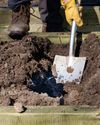
To dig or not to dig?
Should we be carrying out a full dig on plots now? Bob considers the pros and cons of the 'autumn dig' debate

The box ball blues
As if his beleaguered box hadn't already taken a beating, Toby now has to deal with some hungry box caterpillars

Save your own seeds
Masterclass on: seed saving
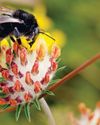
Strange sightings
Three unusual insects turn up in Val's garden in one day

A bolt from the blue!
Cornflowers are perfect for garden and vase
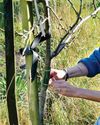
Winter moth prevention
Ruth shows you how to avoid maggoty tree fruits

Create a winter container
There are as many options as in summer
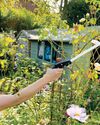
Lightweight gardening tools
AS well as being good for our mental health, gardening is also great exercise.

Autumn price round-up
AG finds better bargains in lesser-known brands
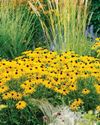
Rudbeckias
Rudbeckias are ideal for sunny summer patios and borders, with some able to survive our coldest winters